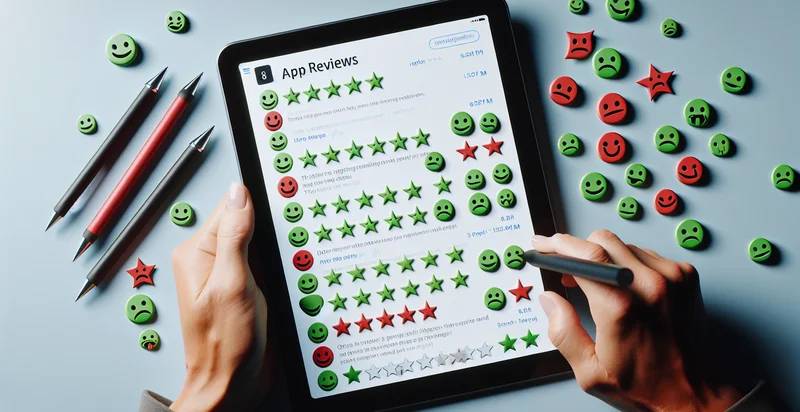Identify user wine review sentiment
using AI
Below is a free classifier to identify user wine review sentiment. Just input your text, and our AI will predict if the wine review is positive or negative - in just seconds.

Contact us for API access
Or, use Nyckel to build highly-accurate custom classifiers in just minutes. No PhD required.
Get started
import nyckel
credentials = nyckel.Credentials("YOUR_CLIENT_ID", "YOUR_CLIENT_SECRET")
nyckel.invoke("user-wine-review-sentiment", "your_text_here", credentials)
fetch('https://www.nyckel.com/v1/functions/user-wine-review-sentiment/invoke', {
method: 'POST',
headers: {
'Authorization': 'Bearer ' + 'YOUR_BEARER_TOKEN',
'Content-Type': 'application/json',
},
body: JSON.stringify(
{"data": "your_text_here"}
)
})
.then(response => response.json())
.then(data => console.log(data));
curl -X POST \
-H "Content-Type: application/json" \
-H "Authorization: Bearer YOUR_BEARER_TOKEN" \
-d '{"data": "your_text_here"}' \
https://www.nyckel.com/v1/functions/user-wine-review-sentiment/invoke
How this classifier works
To start, input the text that you'd like analyzed. Our AI tool will then predict if the wine review is positive or negative.
This pretrained text model uses a Nyckel-created dataset and has 2 labels, including Dislike and Like.
We'll also show a confidence score (the higher the number, the more confident the AI model is around if the wine review is positive or negative).
Whether you're just curious or building user wine review sentiment detection into your application, we hope our classifier proves helpful.
Related Classifiers
Need to identify user wine review sentiment at scale?
Get API or Zapier access to this classifier for free. It's perfect for:
- Market Analysis: Wine producers can leverage the sentiment analysis from user reviews to identify overall market trends and consumer preferences. By analyzing the emotional tone of reviews, wineries can gain insights into which varietals or brands resonate positively with consumers, helping them tailor their products and marketing strategies accordingly.
- Product Development: The sentiment analysis tool can assist wine manufacturers in refining their products. By understanding specific aspects that consumers appreciate or dislike—such as taste, aroma, or packaging—producers can make informed adjustments to their offerings to enhance customer satisfaction.
- Customer Feedback Loop: Retailers can utilize the sentiment analysis to create a feedback loop with their customers. By systematically reviewing sentiment scores, they can engage with customers, address negative sentiments promptly, and showcase improvements based on feedback, thus enhancing customer loyalty and engagement.
- Competitive Analysis: Businesses can analyze sentiment in reviews for competitor wines to evaluate strengths and weaknesses. This comparative analysis can inform strategic decisions, such as identifying opportunities for market entry or differentiation in branding and distribution efforts.
- Targeted Marketing Campaigns: Wine marketers can segment audiences based on sentiment derived from reviews. By understanding how different consumer segments feel about certain wines, they can design targeted marketing campaigns that speak directly to the emotions and preferences of each segment for improved conversion rates.
- New Market Identification: Companies can analyze sentiment across geographic regions to uncover new market opportunities for specific wine varieties. Understanding regional preferences through sentiment scores can guide expansion strategies and localization of product offerings.
- Enhancing Wine Recommendations: Retail and e-commerce platforms can enhance their recommendation engines by incorporating sentiment analysis. By suggesting wines based on positive sentiments expressed in user reviews, platforms can improve the user experience and drive higher sales through more personalized and relevant recommendations.


